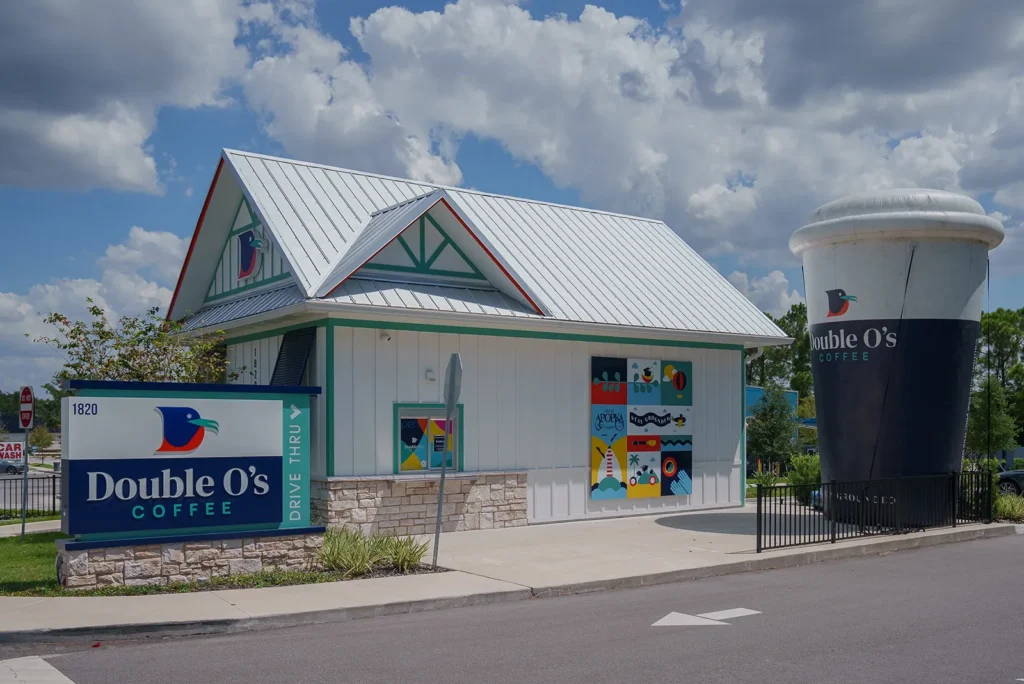Caffeine is an integral part of many people’s days, and nothing exemplifies that more than the espresso. Coffee was – and still is – a slow process. In the 19th century, it was prepared in small batches that could easily take up to five minutes to brew, and when your coffee break is only 10 minutes long, you don’t have time to waste!
Luigi Bezzera, an Italian mechanic and innovator, did what any man in his station would do when faced with this problem: he built a machine. Improving on the work of Angelo Moriondo, Bezzera invented the single-shot espresso, allowing for the drink to be brewed directly into the cup in a minute or less. Improvements to the machine were made over the years by different inventors, providing faster brew times and a better end product.
Espressos are made with small amounts of near-boiling water passed through a bed of finely ground coffee with pressure created from steam, resulting in a nearly instantaneous concentrated brew. This single drink is the base for popular coffee shop favorites, including Americanos, Lattes, Cappuccinos, Macchiatos, and Affogatos.
Thicker than regular coffee, espresso has three distinct layers. The bottom layer is the “heart”, a dark brown, syrup-like liquid that forms when a shot is first pulled – it is dense and grainy with plenty of acidity. Most of the complexity of an espresso lies within the middle layer known as the “body” – its acidity is lower than that of the heart and contains the rich flavors associated with the drink. The topmost layer is the “crema” – this thin layer is formed as CO2 is released from the coffee, forming tiny bubbles that mix with soluble oils, creating a foam.
Double O’s has refined its process so that the beauty of the espresso is highlighted in every drink. With Italian espresso forming the heart and soul of our coffee, we want to offer a unique and memorable experience. It’s not just a drink; it’s a symbol of our commitment to excellence and innovation in the coffee industry.






